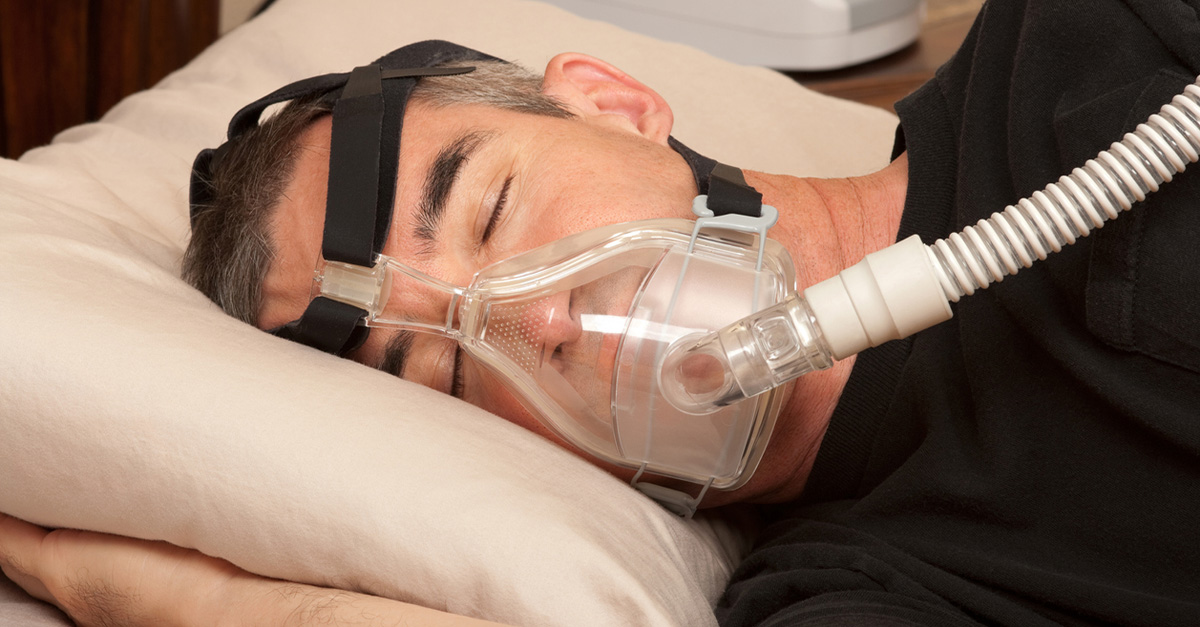How to Manage Patients on GLP-1s Before Surgery?
The management of pulmonary aspiration risk for patients on glucagon-like peptide-1 receptor agonists (GLP-1 RAs) during general anesthesia or deep sedation is an evolving area of concern. Although the U.S. FDA recently updated its labeling to warn about this risk, data is still limited to guide risk mitigation in vulnerable patients. The multi-society guidance led by the American Society of Anesthesiologists (ASA), however, provides a more nuanced approach to managing these patients, particularly in light of shared clinical experience among anesthesiologists and endocrinologists.
FDA Label Update and ASA Guidance Alignment
The FDA’s recent label update highlights the risk of pulmonary aspiration in patients using GLP-1 RAs but does not provide concrete recommendations due to insufficient data. This label update does not conflict with the multi-society guidance, according to Dr. Girish Joshi, Vice Chair of the ASA Committee on Practice Parameters. He notes that the concern over aspiration has been present and that the ASA’s guidance addresses this risk proactively. The ASA’s guidance, based on expert consensus rather than robust evidence, starts with the premise that patients on GLP-1 RAs face an increased aspiration risk during anesthesia, especially those with gastrointestinal (GI) symptoms or who are in the dosage escalation phase.
The ASA guidance, published across multiple anesthesiology journals, emphasizes a structured approach to preoperative evaluation, especially identifying those at higher aspiration risk. Key recommendations include standardized preoperative assessment to determine delayed gastric emptying, creating individualized care plans based on this risk assessment, and reassessing patients on the day of surgery. If patients are flagged for delayed gastric emptying, further steps are taken to minimize aspiration risk, such as implementing fasting protocols and a liquid diet.
Clinical Perspectives from Endocrinologists
Endocrinologists have been interpreting and implementing the FDA’s warning and ASA’s guidance based on clinical experience and individual institutional protocols. Dr. Amy Rothberg, a weight management program director, suggests informing patients about the potential but rare risks of aspiration associated with anesthesia. She finds it interesting that ASA’s guidance emphasizes those with GI symptoms, as there is currently no evidence showing that asymptomatic patients on GLP-1 RAs have a lower aspiration risk. Rothberg’s institution recommends pausing GLP-1 RAs for one week before surgery to reduce risk, even though this is not supported by firm evidence. This pause, however, has increased the communication between doctors and patients regarding managing medication timing around surgeries.
At the Keck School of Medicine of USC, Dr. Anne Peters individualizes her approach to discussing the risk based on the patient's specific circumstances. She recommends that patients pause their GLP-1 RA dose about ten days prior to scheduled surgeries and suggests a clear liquid diet for 24 hours before the procedure for patients with GI symptoms or gastroparesis. This helps mitigate aspiration risks by reducing stomach contents that could potentially regurgitate during anesthesia.
Weighing Aspiration Risk and Blood Sugar Control
For patients managing diabetes, the decision to pause GLP-1 RAs must balance aspiration risk with the potential consequences of hyperglycemia or rebound weight gain. Dr. Michael Weintraub of NYU Langone Health emphasizes that while aspiration risk is low, stopping GLP-1 RAs for a week minimizes it without causing significant blood sugar disruption. He notes that scheduling the pause so that the patient is due for their next dose immediately post-surgery helps maintain consistent glycemic control and minimizes disruption.
Dr. Malini Gupta advises that patients follow a strict liquid or nil per os (NPO) diet before surgery to decrease aspiration risk. For patients needing continued glycemic control, she adjusts other diabetes medications accordingly. Dr. Jaime Almandoz of UT Southwestern, Dallas, also adopts a collaborative approach with anesthesiologists, encouraging a preoperative liquid diet and fasting protocol for patients. Almandoz points out the importance of creating a blood sugar management plan, particularly during fasting or recovery periods, to account for variations in blood glucose from medication pauses and other factors, such as pain and antibiotics.
Practical Considerations in Clinical Implementation
The guidance from the ASA and practices within institutions involve logistical coordination to avoid scheduling elective procedures during the dosing escalation phase for patients on GLP-1 RAs, as patients are likely more vulnerable to aspiration during this time. Dr. Joshi mentioned that at Parkland Hospital, proceduralists and surgeons are advised to postpone elective surgeries for patients in this escalation phase or experiencing GI symptoms, ensuring these patients follow a 24-hour liquid diet, as would be done before a colonoscopy.
Consultation and Conflict of Interest Disclosures
Several of the contributing physicians work as consultants or advisors to pharmaceutical companies involved in GLP-1 RA development or marketing. While their perspectives provide valuable real-world insights, their financial disclosures underscore the potential influence of pharmaceutical affiliations on clinical practices.
Conclusion
The evolving guidance on GLP-1 RAs reflects the balance between mitigating aspiration risk and maintaining metabolic control for patients on these therapies undergoing surgery. The multi-society recommendations from ASA provide a practical framework, advocating for a tailored approach based on individual risk factors. Institutions and practitioners vary in implementing these guidelines, but common strategies include pausing medication a week before surgery and adopting preoperative fasting protocols to minimize aspiration risk. Despite ongoing FDA updates, the ASA’s consensus-based guidance currently remains the more actionable resource for clinicians managing these patients in the perioperative setting.
Source
Bài viết liên quan






